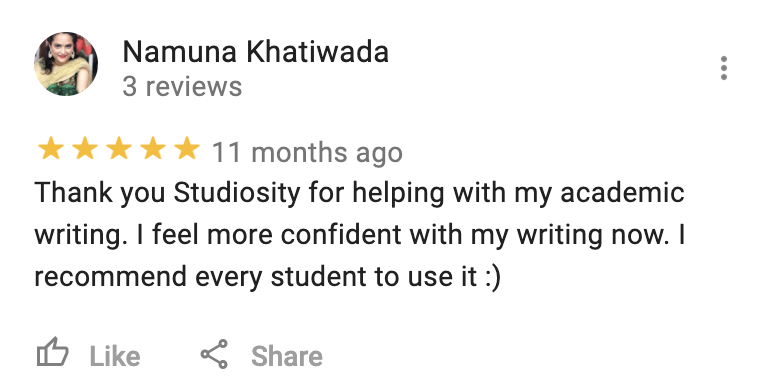This article appeared in Issue 8, November 2017, Education Review.
Australian Universities have had it so good for so long. They expect, and have become accustomed to secondary schools doing the University selection testing using Australian tertiary admission rank (ATAR). So what does a world without ATAR scores look like?

What is an ATAR score?
At the completion of up to fourteen years schooling the majority of Australian school students attain a rank – an ATAR, which is a measure of school academic performance and attainment at end of Year 12 examinations. Yet, of Year 12 public school students only about 46% went on to study at University in 2016.
So what’s the actual point in providing ATAR scores?
Collated ATARs are used to form tables, by school, across a range of indicators, eg the Index of Community Socio-Educational Advantage (ICSEA), which are used for state and national comparison.
Parents use these ‘League Ladders’ to determine the school they most want their child to attend. In states with selective entrance Gifted and Talented Programs, such as NSW and WA, this can provide access to schooling irrespective of residential address.
Education Departments loathe and love ATAR according to the season, and the performance of public schools each year. Academically selective schools occupy the top places in the League Ladders, maintaining pre-conceived perspectives on the benefits/costs of such selection processes. According to who you ask!
"Education Department Directors General and School Performance executives congratulate, cajole, berate or humiliate school principals according to their students’ collated attainment and the school’s relative standing on the League Ladder."
School improvement strategies, student performance targets, system incentives and implied corresponding consequences are then devised, and then the secondary school journey into the next set of performance indicators unfolds as part of the annual cycle.
How is it calculated?
Most people claim an understanding of ATAR. Few secondary school teachers know how ATAR is calculated. Even less can explain in clear and concise terms the processes used in arriving at an individual rank.
"The ATAR process is akin to a ‘black-box’, whereby the inputs are known and the output mysteriously ‘appears’ to then determine each student’s further education prospects."
There is considerable similarity in University selections and the Academic Selective Entrance to Secondary Schools through Gifted and Talented Programs.
The academic selective entrance process is one of application, assessment, offer of placement and enrolment. Student placement is determined by the score in the four tests.
In NSW there is enormous over-subscription to James Ruse Agricultural High School, and in WA there are seven times as many applicants for Perth Modern School as there are places available. Details of the minimum entry scores for these selective schools is available online.
This highly competitive selective entrance means students need to have finished in the top 10% of all applicants. The calibre of these students, in combination with the benefits that accrue from full-time ability grouping, serves to deliver academic success and therefore to perpetuate the demand for placement to these schools.
It used to be that the selective schools were part of a social justice initiative – giftedness and the belief that exceptionally able students have special learning needs. While this remains true to an extent there is an international trend that cannot be ignored - by school educators, and certainly not by Australian Universities.
"The Human Capital Model recognises the importance of the return on the investment of public monies. And Universities are increasingly being required to demonstrate explicitly and empirically the value adding that student qualifications, developed in part through government funding, will bring to our nation."
Presently the focus of attention is on the selection processes used by Universities. The Commonwealth Government is seeking more explicit statements around selection criteria and more transparent practices in the placement of applicants.
Which seems reasonable, given that Selective Schools demonstrate that this is already achieved.
Your. 👏
— Dr Marcia Devlin (@MarciaDevlin) October 19, 2019
ATAR.👏
Will.👏
Not.👏
Determine.👏
Your.👏
Life.👏
Outcomes.👏
I promise.😎#youaremorethananumber
#ATAR
An Australian educational environment, which no longer uses ATAR, will instead be characterised by:
- Secondary schools conduct their own end of schooling assessments across broad and diverse measures of student attainment. There’s plenty of detailed, informative and diverse attainment data in every school for every student by the end of Year 12. There’s breadth and depth of objective and subjective information on every young citizen and it’s collected within the context of the local educational community. For some students this will include attainments at State, national and international levels.
- State Government Education authorities devise and develop contemporary school-related measures of the value added through schooling.
- Universities undertake processes whereby eligible students make application for particular faculties at specific campuses. They already do this. Then Universities will conduct the selections based on criteria specific to the entrance requirements and the factors essential for likely success in the completion of the qualification. This already occurs at the post-graduate level.
This article appeared in Issue 8, November 2017, Education Review, p.10.
Geoff Kinkade is on the Studiosity Academic Advisory Board and is Former Principal Consultant Gifted & Talented in the WA Department of Education.






